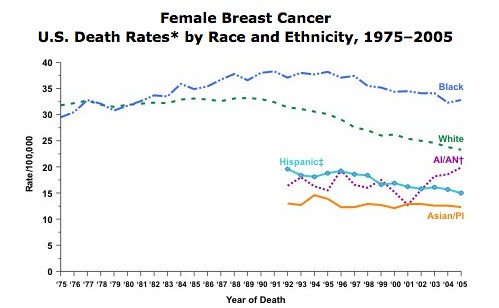To begin, rather pithily: I have had very mixed experiences with medical professionals throughout my life. Some have been fantastic. Some have been middle-of-the-road. And, as you might expect to hear from a person with a chronic pain condition, some have been absolutely awful.
Recently, I had a fantastic experience in a consultation with the oral surgeon who will be — at the time of this writing — removing the three wisdom teeth that I have in my skull [note: by the time this post is up, I will be recovering from the surgery and therefore on a bit of a break from blogularly goings-on]. Given my past experiences with medical professionals, I was not optimistic going into the consultation. I have a pretty spotty history when it comes to dental sensitivity, have been labeled an “anxious” patient in the past because of said sensitivity issues, and thus have a mountain of concerns about surgical procedures because of the medical conditions that I already have — cerebral palsy and fibromyalgia among them. I was fully expecting that the surgeon would either minimize and perhaps outright dismiss my concerns during this appointment; worse, he might actively resist giving me anything other than over-the-counter pain medications for what is known as being a very painful procedure, as fibromyalgia patients seem to have a reputation as being “drug-seeking” among some people in the medical community and in the popular imagination at large (to say nothing of the ridiculousness of getting one’s wisdom teeth removed as a method of obtaining prescription drugs).
Interestingly, this was one of those times where I would be happy to be wrong. The oral surgeon not only explained the actual procedure to me in great detail, but listened very patiently to my concerns about possible issues due to increased pain (possibly relating to fibro, as it tends to flare up after any medical procedure that involves high doses of medication that I do not normally take) and muscle spasms (that would be the cerebral palsy, which has left me with muscular weakness on the left side of my body and occasional spasm attacks in my left leg). He also asked many questions about both the fibro and the CP, and reassured me that he and his staff would watch for things relating to each condition that could possibly occur during and after the procedure.
This consultation — and the oral surgeon’s taking my concerns so seriously — was a welcome break from the fighting-an-uphill-battle-with-my-bare-hands sort of feeling that I’ve gotten from some past medical and health-related consultations. I am, of course, of the opinion that these sorts of positive experiences should not be this unusual, and that they apparently are so unusual gives me pause for a myriad of reasons.

